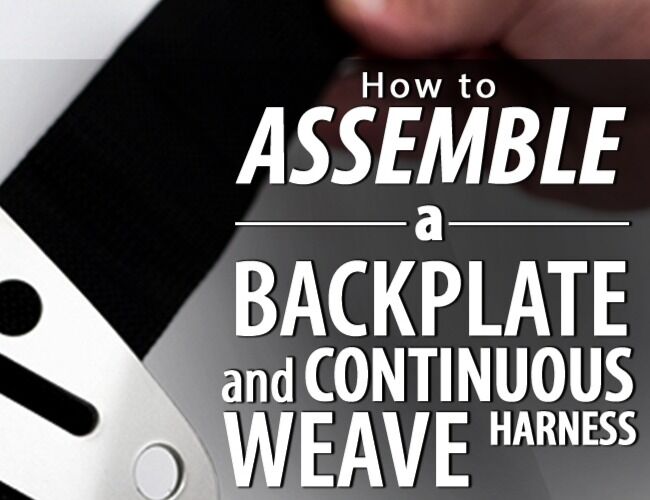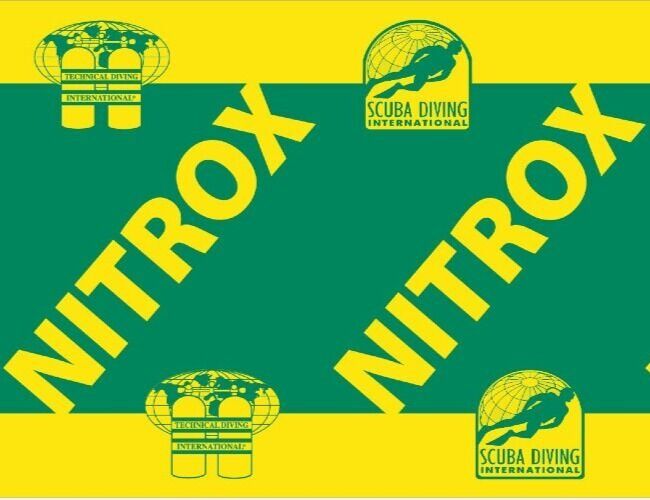Helpful Resources
Videos
Key Concepts
Boyle's Law
Boyle's Law
Charles' Law
Henry's Law
Henry's Law and DCS
Hypoxia
Physics - Bouyancy
Physics - Light
Physics Compressibility
Hypoxia
Underwater Color Loss
How It's Made
How Aluminum Scuba Tanks Are Made
How Steel Scuba Tanks Are Made
How Wetsuits Are Made
How Drysuits Are Made
How Dive Computers Are Made
How Regulators Are Made
How Masks Are Made
How Fins Are Made
How BCDs Are Made
How SPGs Are Made
How Depth Gauges Are Made
How Dive Compasses Are Made
How It Works
How an Unbalanced Piston Regulator Works
How a Balanced Piston Regulator Works
How an Balanced Diaphragm Regulator Works
How a Second Stage Regulator Works
How a Manifold Works
How To Videos
How to Read Cylinder Markings
How Cylinder Inspections are Done
How to Assemble Doubles
How to Fit a Drysuit
How to Lubricate and Maintain a Drysuit Zipper
How to Resize a Drysuit Neck Seal
How to Repair a Trilaminate Drysuit
How to Repair a Drysuit Seam
How to Soap Test a Drysuit
Articles
Knots

Bowline
Best use: The “every knot,” a bowline creates a reliable but easily untied loop. If you only learn one knot, make this the one.

Cinching Line Wrap
Best use: An intermediate tie for your guideline cave/wreck diving, a cinching line wrap can even be released without affecting the line.

Clove Hitch
Best use: One of the easiest to tie, the clove hitch is useful for hanging poles or attaching a rope to pole or bar.

Figure 8 Knot
Best use: Need a knot to stop fraying, for gripping or to mark a spot on a line? The Figure 8 Knot holds securely yet unties relatively easily.

Sheet Bend
Best use: Have two dissimilar ropes and need to make one long rope? This bend allows you to link two ropes of unequal size (though it also works with ropes of the same size).

Slipknot Bowline
Best use: Tie a bowline by making a slipknot that spills into a sturdy bowline. Use it when you have ample line to work with and need to tie a loop quickly.

Taut-Line Hitch
Best use: A knot that’s easy to tie or release (even under heavy weight), the taut-line hitch creates a strong and, just as important, adjustable loop.

Trucker's Hitch
Best use: Have cargo you need to tie down? The trucker’s hitch is ideal for cinching down a load.

Two Half Hitches Knot
Best use: Good for tying a mooring line to a post or ring (or a tree, even), this knot is especially useful because it can be tied one-handed.








